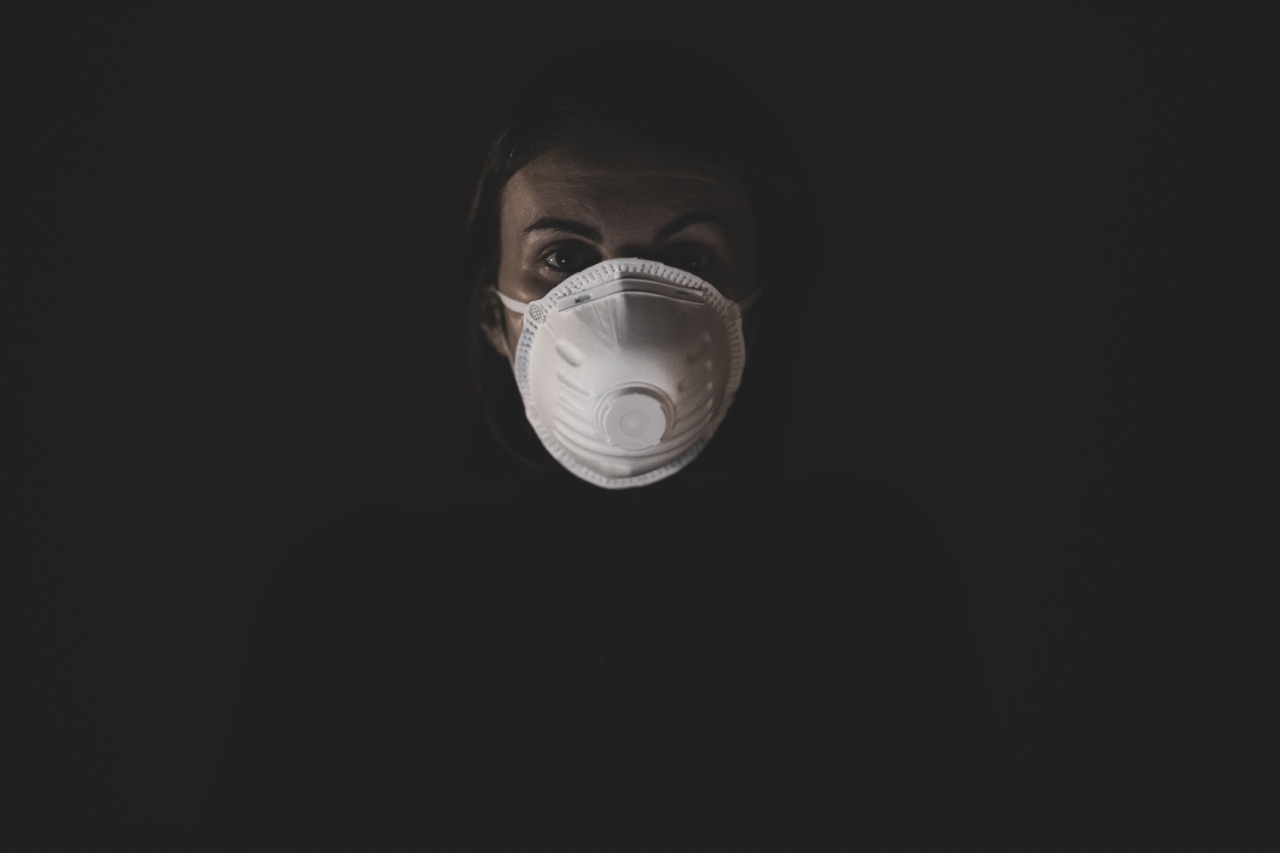In recent years, deadly bacteria have become a major problem in hospitals around the world. One of the biggest challenges in fighting these bacteria is their constant evolution.
Due to their rapid reproduction rate and genetic variability, these bacteria are able to adapt quickly to new environments and resist many types of antibiotics. This article will examine the danger posed by these deadly bacteria and the measures being taken to combat them.
The Rise of Deadly Bacteria
The problem with deadly bacteria in hospitals has been growing steadily for several decades. Many of these bacteria are known as “superbugs” because they have evolved to resist the antibiotics that are commonly used to treat infections.
There are several reasons why these superbugs have become more prevalent, including:.
- Overuse of antibiotics
- Poor hygiene
- Increased global travel
- Increased use of invasive medical procedures
As a result of these factors, superbugs such as Methicillin-resistant Staphylococcus aureus (MRSA) and Vancomycin-resistant Enterococci (VRE) have become increasingly common in hospitals.
These bacteria pose a serious threat to patients because they are difficult to treat and can cause life-threatening infections.
The Threat of Deadly Bacteria
The threat posed by deadly bacteria in hospitals cannot be understated. According to the Centers for Disease Control and Prevention (CDC), there are at least 2 million cases of antibiotic-resistant infections each year in the United States alone.
These infections result in approximately 23,000 deaths each year.
In addition to the human toll, these infections also have a significant economic impact. According to a report by the World Bank, antibiotic-resistant infections could cause the global economy to lose up to $3.4 trillion by 2030.
The Evolution of Deadly Bacteria
One of the reasons why deadly bacteria are so difficult to fight is their constant evolution. Bacteria are able to rapidly reproduce and mutate, which allows them to adapt to new environments and resist many types of antibiotics.
This is known as antibiotic resistance.
Antibiotic resistance occurs when bacteria develop the ability to resist the effects of antibiotics. This can happen in several ways, including:.
- Mutations in their genetic material
- Acquisition of antibiotic-resistant genes from other bacteria
As bacteria become more resistant to antibiotics, they become more difficult to treat. This can lead to longer hospital stays, more severe infections, and higher mortality rates.
Combating Deadly Bacteria
Despite the challenges posed by deadly bacteria, there are several measures being taken to combat them. These include:.
- Improved hygiene practices, including hand washing
- Reducing the use of antibiotics
- Developing new antibiotics
- Using combination therapies to treat infections
- Developing vaccines to prevent infections
- Using advanced diagnostics to identify antibiotic-resistant infections
While these measures are promising, there is still much work to be done to combat deadly bacteria and prevent the spread of antibiotic-resistant infections.
Conclusion
Deadly bacteria pose a serious threat to patients in hospitals around the world. Their constant evolution and adaptation to antibiotics makes them difficult to treat and makes infections more severe.
However, with continued research and development, we have hope that we will be able to combat these deadly bacteria and protect the health and well-being of patients everywhere.






























